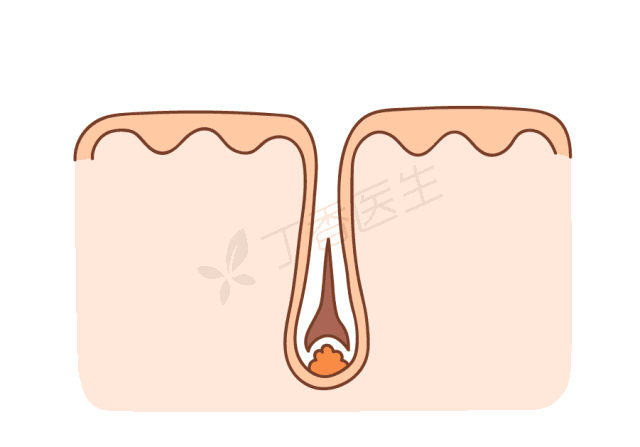It is always said that [time is a pig-killing knife]. Only when you reach a certain age can you find out that time is clearly a can of [depilatory cream].
Every corner of the room is covered with hair, except on the head…
Air bangs, also unconsciously only left air…
Even, very not easy to lose two or two fat, the truth is also related to alopecia…
In this way, before struggling out of the quagmire of getting rid of poverty, alopecia [baldness] came to Linxing after 90.

Moreover, the hairline receded by 1 cm and the color value dropped by 50 points. This is no joke at all.
If you are fat, you can reduce it. If you really can’t, you still have a beautiful face, but you can’t draw your hair one by one.

Admit it, no matter how handsome the male god is, he cannot control this unique hairstyle.
Perhaps it is also because of this that even though human beings are losing ground in the war to treat alopecia, they still shout [don’t abandon, don’t give up].
It is said that in order to treat alopecia, ancient Greek doctors tried pigeon excrement, cumin and other mixtures, and Julius Caesar also tried ground mice. Now, various folk remedies such as ginger and beer are also expected.
Unfortunately, it’s useless.
However, don’t lose heart, alopecia is not an incurable disease.
Clear incentives for targeted treatment, as long as the hair follicles are not damaged, there is still a chance to recover to [long hair fluttering].
First of all, understand that hair loss and alopecia are not the same thing.
Although alopecia is terrible, there is no need to see a few hairs in the pillow and bathtub and shout [bald].
Normal people lose about 70-100 hairs on average every day, and at the same time they also have the same amount of hair regeneration. Such dynamic balance can maintain the normal amount of hair.

The number of hair loss per day does not exceed 100, which is basically a normal metabolic state and is not called alopecia.
However, if more than 100 hairs fall off every day, you may really lose your hair.
Next: Distinguish the types of alopecia and treat them pertinently.
There are 7 common types of alopecia, how should they be treated respectively?
Don’t worry, a picture will let you see clearly.

In general, except for cicatricial alopecia, most alopecia types have the opportunity to recover [long hair fluttering] after the inducement is removed, so don’t worry too much.
However, androgenic alopecia requires drug intervention.
Androgenic alopecia is the most common type of alopecia, accounting for more than 90% of all alopecia.
At present, the treatment methods include drug therapy, hair transplant and other new treatment methods, such as LLLT low-energy laser therapy, etc.
STEP 1 Oral medication
People with androgenic alopecia have more 5-reductase in their scalp.
Oral administration of finasteride can inhibit the activity of 5-reductase and reduce the level of dihydrotestosterone in serum and scalp, thus reducing the burden on hair follicles.
The main side effect is hyposexuality, but the incidence rate is only 1.8%, and after stopping the drug, it is still [enthusiastic].

In addition, androgenic alopecia in women can be orally administered spironolactone or diane-35.
2. Topical drug
Minoxidil solution, as the only external drug approved by FDA for the treatment of androgenic alopecia, has the effects of stimulating, maintaining hair follicle growth and promoting dermal papilla angiogenesis.
However, in addition to possible local skin irritation, it has an embarrassing side effect-it may cause hirsutism in other non-medicated parts.
Imagine that the hair has not completely covered the scalp, and the wind is swaying on the face and legs…

Step 3: Hair Transplant
For patients with severe androgenic alopecia, or those with poor therapeutic effect of oral and external drugs, hair transplant surgery should be considered.
However, the cost of hair transplantation is relatively high, a hair follicle costs about tens of dollars. The side effects are obvious, one word: poor.
In addition, hypertension, heart disease and other diseases are not suitable for hair transplantation. Wig, sincerely recommended, understand.

4. New treatment methods
If it is mild alopecia, cannot normally use drugs during pregnancy preparation and lactation, or is intolerant to drug therapy, some new treatment methods can be selected.
For example, LLLT low-energy laser therapy promotes the [activation] of scalp cells. From promoting the release of growth factors to improving scalp blood circulation, hair growth is promoted by improving scalp microenvironment [1]
At present, LLLT, as an adjuvant therapy, has been written into medical treatment guidelines. [2]

